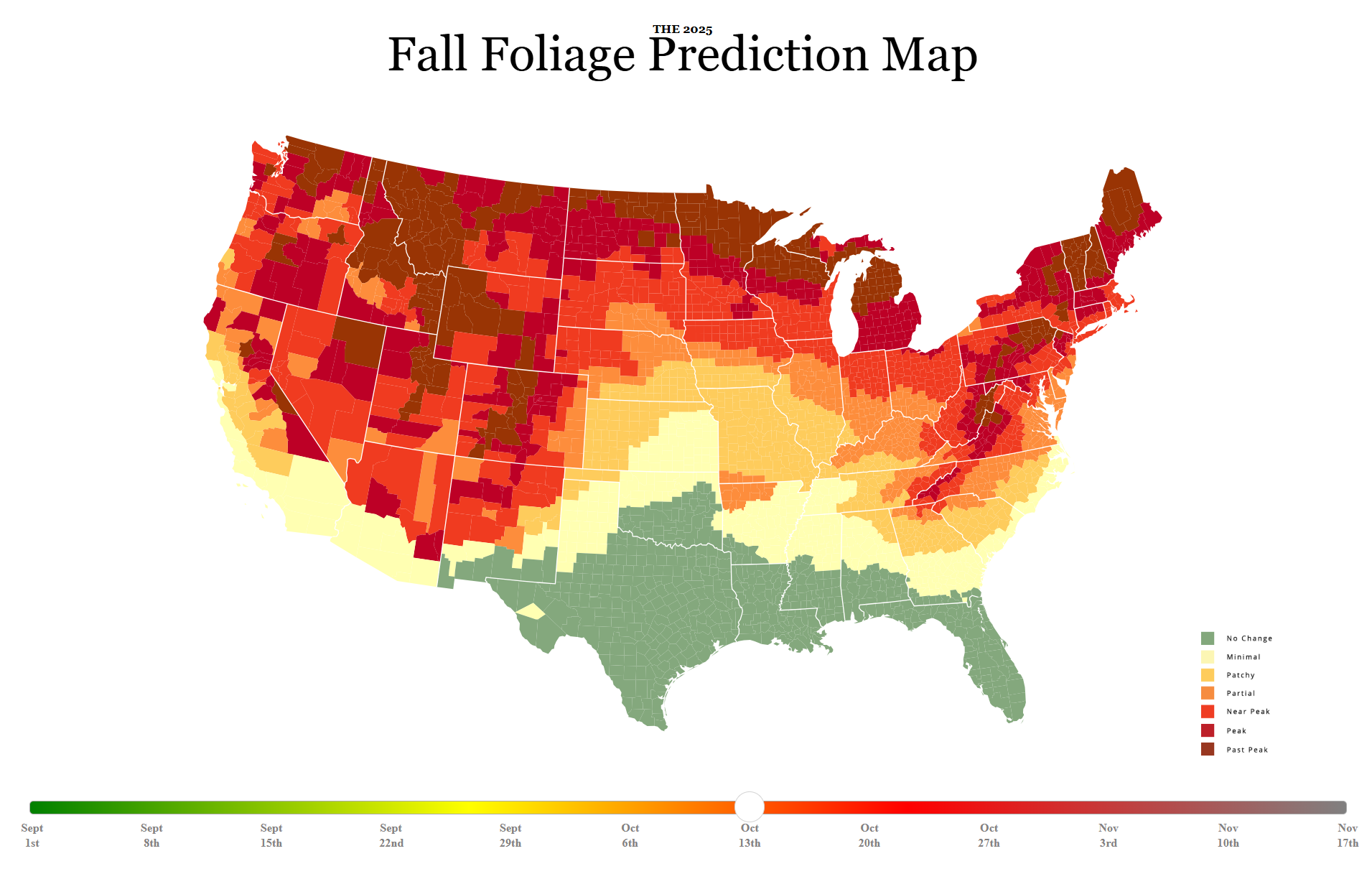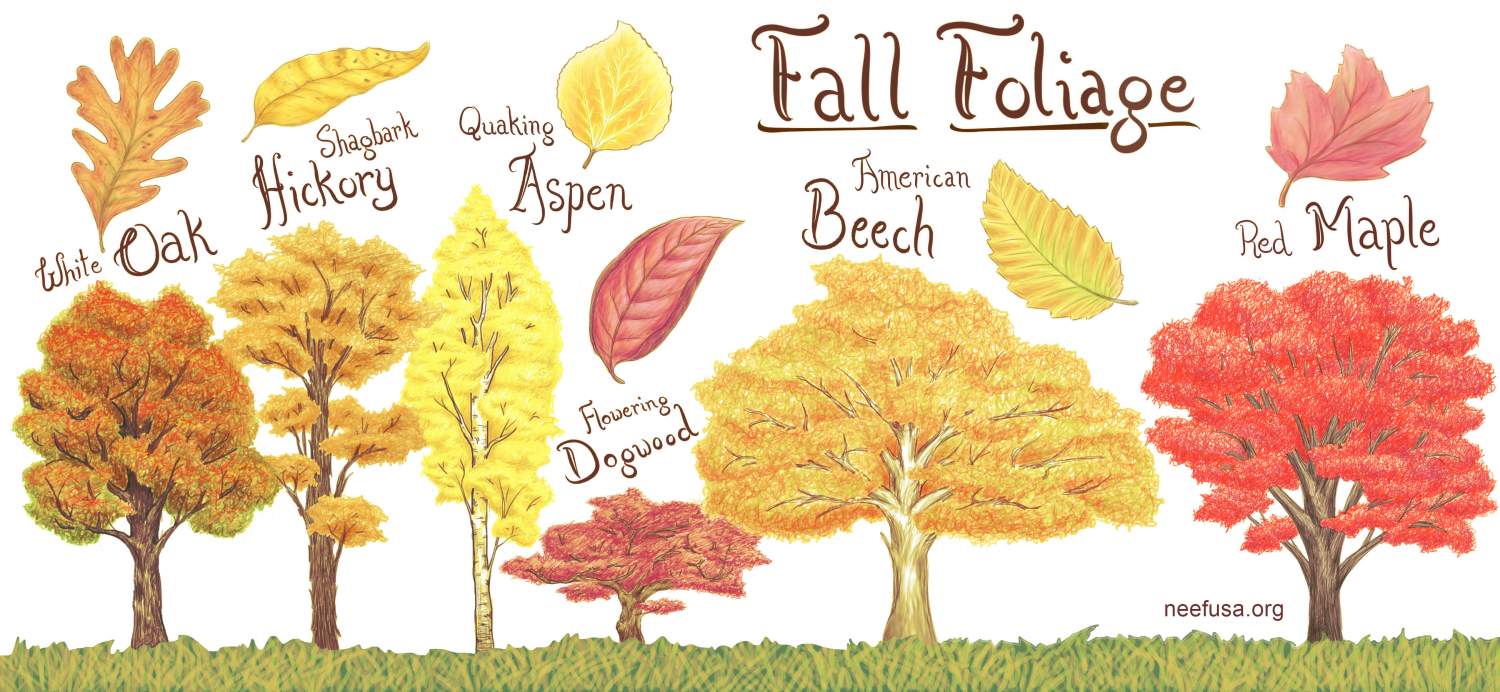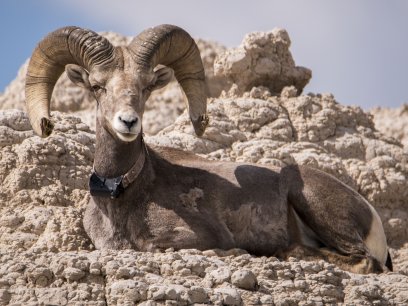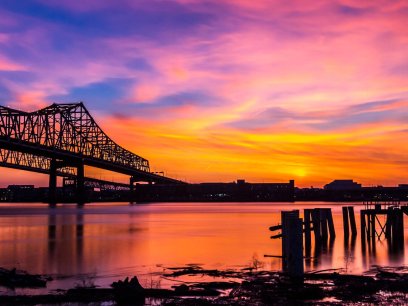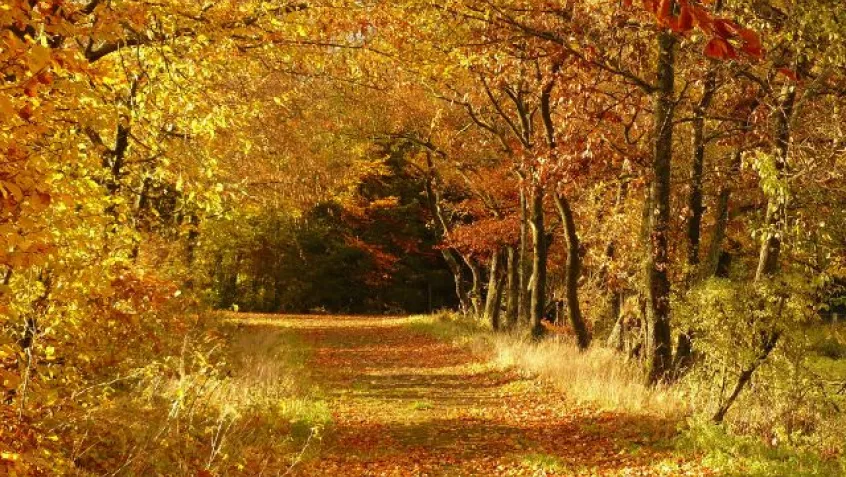
Every year, millions of Americans travel to public lands to catch a glimpse of colorful fall foliage as the seasons change. This hobby is far from new. Henry David Thoreau wrote an essay in 1862 about the inspiration he found in New England’s vibrant leaves. In 1966, the term “leaf peeper” was used for the first time in a news column describing the beauty of Vermont in the fall.
In modern times, the popularity of leaf-peeping tourism has continued to grow across the country. Analysis from Appalachian State University conservatively estimates that travelers hoping to catch a view of colorful leaves contribute more than $30 billion dollars to local economies across 24 eastern states.
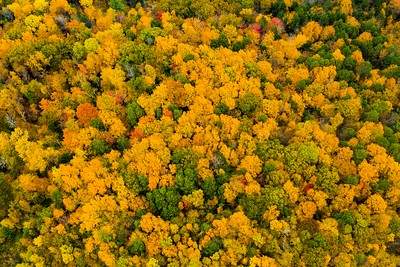
“The leaves are changing; I feel poetry in the air.” — Laura Jaworski
You don’t necessarily have to travel far to experience autumn color for yourself. You can find it in cities and the countryside, parks, and woodlands—anywhere deciduous broadleaved trees drop their leaves for the winter. Find a park near you using this list of all the forests, woods, and shrublands managed by the National Park Service (NPS).
New England is particularly famous for its fall show, but the Adirondack, Appalachian, Smoky, and Rocky Mountains are also great places for leaf peepers. Many of the US Forest Service’s National Scenic Byways were planned with autumn in mind, making for an especially colorful drive.
Here are a few of the most popular fall destinations for leaf enthusiasts:
- Blue Ridge Parkway (North Carolina and Virginia)
- Guadalupe Mountains National Park (Texas)
- Rocky Mountain National Park (Colorado)
- Saint Croix National Scenic Riverway (Wisconsin and Minnesota)
- Yosemite National Park (California)
Weather Makes Leaf Peeping Unpredictable
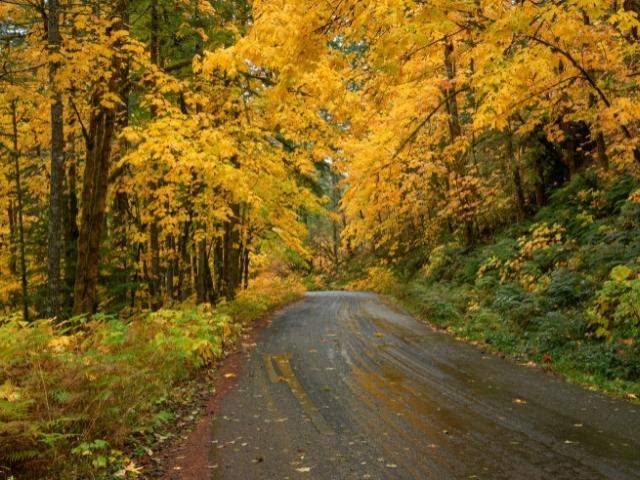
September through December is generally the best time to go leaf peeping. Three key factors influence the color and brilliance of the fall leaves: leaf pigments, the length of nights, and the weather.
Temperature and moisture affect leaf color, leaf aging, and leaf death. A wet growing season followed by dry sunny days with cool nights produces the best fall colors, but varying combinations of temperature and moisture make each autumn unique. Rainfall makes the colors pop even more.
Lower temperatures slow the production of chlorophyll, which gives plants their green color. As chlorophyll declines, carotenoid (orange) and xanthophyll (yellow) pigments emerge. Increasing concentrations of sugar in the leaves creates red and purple hues.
Extreme weather events can affect fall foliage in a number of ways:
- Drought stressors during the growing season, such as decreased forest productivity and increased insects and diseases, can trigger leaves to drop prematurely before they develop fall coloration.
- Heavy winds and severe thunderstorms can cause leaves to fall before they change colors.
- Freezing conditions, especially early frost, destroy a leaf’s ability to produce red and purple colors.
- Hurricanes can destroy trees and their foliage. For example, Hurricane Ian deposited salt on trees many miles inland, causing cell and tissue damage to leaves.
- Wildfires, depending on their severity, can destroy the forest canopy.
How Climate Change Affects the Leaves
Many factors can disrupt fall color displays. Scientists believe that in the coming years, higher temperatures, increased precipitation, increased cloud cover, and higher concentrations of nitrogen due to climate change will act together to mute fall colors. Models predict that by 2100, leaf coloring will be delayed an average of 13 days when compared to the present.
Research shows that warmer temperatures due to climate change have already delayed leaf coloring and leaf drop in New England. Warming temperatures have also been associated with the earlier onset of spring. The combination of an earlier spring and a delayed fall season has increased the active growing season.
Ongoing research in Maine’s Acadia National Park is focused on how the changing fall season is impacting visitation. Over the past 20 years, September and October have brought the greatest increases in visitors to Acadia.
Current research questions include:
- Are the leaves turning later in the year?
- Is the foliage season shorter or longer?
- Are visitors coming to the park to enjoy the foliage or the weather?
Citizen scientists are invited to participate in this project.
Identifying Fall Foliage Where You Live
Trees change color at different times throughout the year depending on their location. Generally, trees at higher elevations peak first since they are the first to experience shorter daylight hours. SmokyMountains.com provides an annual fall foliage map that serves as a visual planning guide to help travelers catch peak color wherever they call home.
Many different species of deciduous trees are colorful in the fall. Use this illustration to identify common trees and their fall foliage where you live. For more information, check out the iNaturalist app, which allows you to take a photo of a plant or animal, share it, and identify it. Before you visit a national park, go to the park’s website to find a plant guide with photos of plants you may see during your visit.
Learn More About Trees and Fall Colors
Looking for more ways to teach students about trees and changing leaves? Check out these environmental education resources for students and educators.
- Fall Colors from Space (NASA Earth Observatory): NASA’s satellites take leaf-peeping to a whole new level. View photos from around the globe.
- Fall Color(ing) (Chicago Botanic Garden): Learn about the fall leaf palette with this printable coloring activity.
- Tree Toolkit (NEEF): Dig deeper into everything that trees do for us using these educator resources for teaching about trees.
